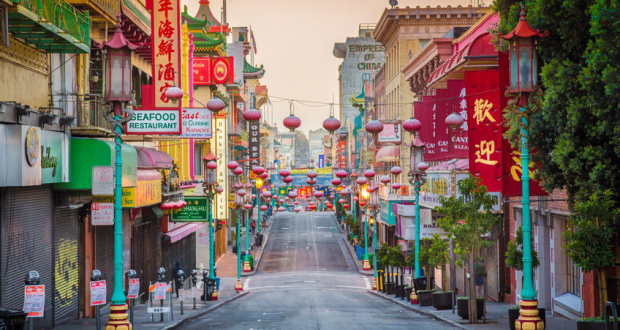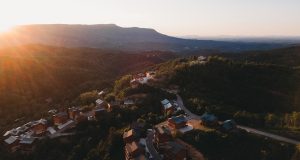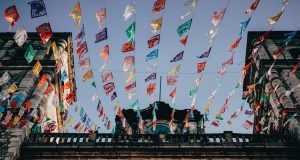
Chinatown in San Francisco is the largest of its kind outside of Asia and one of the oldest in the United States. Thousands of people flock to it each year to see the unique sights and sounds, not to mention taste the delicious food. The crowds can seem discouraging for visitors unless they have a plan for how to make the most out of their visit.
Start Early and Budget an Entire Day
Two tips that can help people avoid Chinatown crowds as much as possible are to start their visit early in the day and choose to go on a weekday instead of a weekend. Allowing a full day to explore all that the 24-block radius has to offer provides plenty of time to wander in and out of shops located on side streets and along alleys. Everyone should wear comfortable walking shoes and take a jacket along, even during the summer.
How to Get to Chinatown
Parking is a challenge throughout San Francisco, and the Chinatown area is no exception. Fortunately, several public transportation options are available for people who want to avoid looking for a place to park. Tourists can call an Uber or Lyft, take the #30 Stockton bus, or ride the cable car into Chinatown.
The most convenient place to park for people who choose to drive into Chinatown is the Portsmouth Square Plaza Garage. The address is 733 Kearney Street. The underground parking garage offers several levels. It also has Chinese symbols to mark levels and stall locations printed in English and Chinese.
Start a Chinatown Visit at the Dragon Gate
The Dragon Gate, a gift presented to San Francisco from the country of Taiwan in 1969, is the official entry point of the city’s Chinatown. The location of the gate is at the intersection of Grant Avenue and Bush Street. Two large stone lions sit on each side of the gate adorned with koi fish and dragons. Visitors should pay close attention when passing through the gate to see the Chinese quote “All under heaven is for the good of the people.”
View Authentic Architecture at the Sing Chong Building
San Francisco experienced an earthquake in 1906 that wiped out much of the original Chinatown, but its people quickly began the rebuilding process. The Sing Chong Building, erected in 1906, is a great example of historic Chinese architecture.
Merchants in the area hired non-Chinese contractors and architects to rebuild the neighborhood. The decision to pay homage to traditional Chinese architecture was a practical one as the merchants hoped it would draw more tourists to the area. Nearly 115 years later, it is clear that the merchants had the right idea.
Old St. Mary’s Church
This church was the only building in Chinatown to survive the earthquake of 1906. Originally built in 1853, it has gone through an extensive restoration process to help it look as authentic to the times as possible. However, the people working on the church restoration project saw fit to keep some of the burned bricks on display. Their thinking was that it would help future generations understand the devastating impact of the earthquake followed by a fire.
From tea shops to fortune cookie factories to exhibits from the Chinese Historical Society, San Francisco’s Chinatown provides a never-ending list of things for tourists to do.
 Trip Alertz For Jetsetters, By Jetsetters
Trip Alertz For Jetsetters, By Jetsetters




